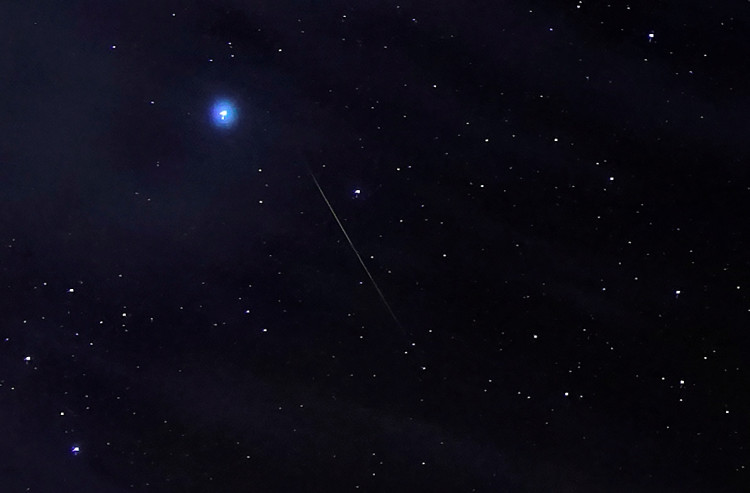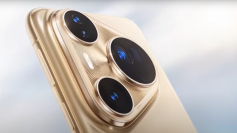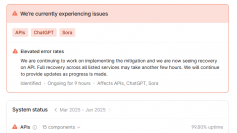Japanese social media was abuzz over the weekend following reports of a blindingly bright object falling from the skies in western and central Japan.
The fireball, believed to be a bolide, which is a type of shooting star with brightness at par with a full moon, could be seen in Japanese night skies.
Japanese media report that a man from the Gifu Prefecture managed to capture the meteorite on camera as it briefly lit up the sky in the early hours of Sunday, Nov. 29.
Takeshi Inoue, director of the Akashi Municipal Planetarium, noted that while bolides are known for their brightness, it is rare for them to be so bright, like the spectacle seen on Sunday.
"We believe the last burst of light was as bright as the full moon," Inoue said.
In July, a similarly bright shooting star was seen heading from the southwest to the northeast in the sky above Tokyo. It was later identified as a meteor after fragments were detected in the nearby Chiba Prefecture.
The bits weigh 63 grams and 70 grams, respectively, he added. A female resident of the condominium, who was startled by a noisy noise in the early hours of July 2, found a piece of rock in the shared corridor just outside her window later that morning. Upon learning the news of the fireball, the woman held the fragment, believing it could be a meteorite.
The impact mark on the rail in the hallway contributed to the finding of the second piece of rock in the courtyard two days later. Metal had rusted in the second piece due to exposure to moisture, rendering it brown.
The museum, which was asked to study the chunks, found isotopes of aluminum, sodium, and manganese formed by cosmic ray bombardment. As certain isotopes had a half-life of just a few days, they were able to confirm that the rocks were from a meteorite that had recently sunk.
The last meteorite to strike Japan crashed on private property in Komaki, Aichi Prefecture, almost two years ago.
The museum plans to send the new meteorite, which it has called "Narashino," for registration with the Meteoritical Society. If approved, the 53rd meteorite will be reported from Japan.
The shooting star was observed on July 2, traveling from the southwest to the northeast in the skies over the Japanese capital, thus emitting a light flash equal to the magnitude of the full moon.
The National Astronomical Observatory of Japan has confirmed that several fireballs are seen on average per month, although it is uncommon for people to hear anything.






